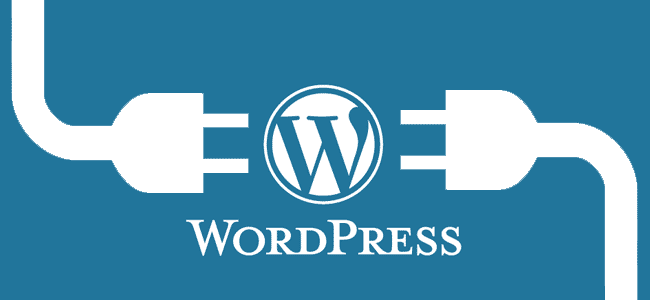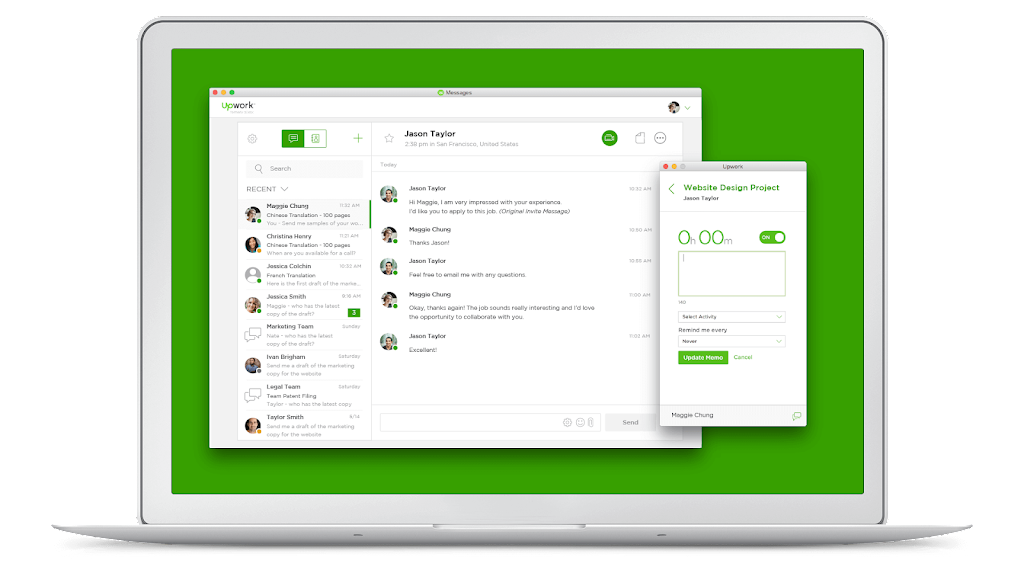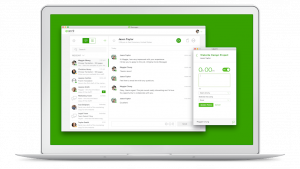Deploy WordPress with Nginx and Let’s Encrypt Certbot (SSL)

WordPress is a widely used web content management system (CMS) originally designed for blogging but now supports various types of web content. It allows users to create and manage websites, blogs, forums, media galleries, e-commerce stores, and more.
WordPress is written in PHP. So, we can deploy it easily using Nginx, the same way as we deploy another PHP application.
And we will also protect our WordPress traffic data by using SSL.
Here we will see how to deploy WordPress on our own with Nginx and SSL to our server:



